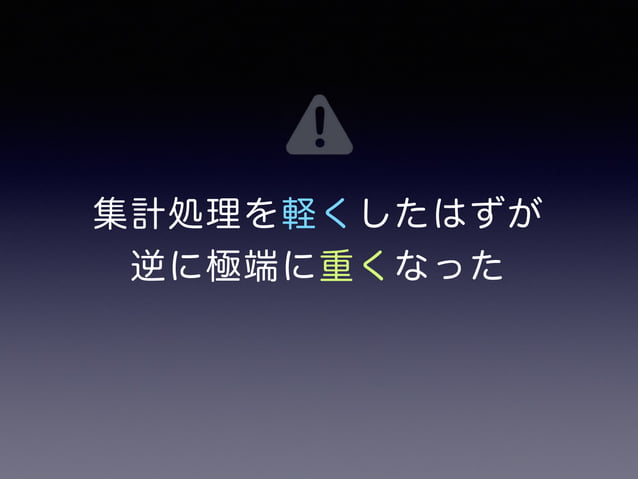

The platform also uses a pay-as-you-go pricing model, making it an affordable option for organizations of all sizes. It also automatically replicates data for high availability and durability. It supports complex queries and advanced analytical operations. Redshift has built-in data analysis functions. The leader node delegates tasks to the member nodes, who store data and execute queries. It consists of a collection of nodes and a leader node. The data warehouse uses a distributed architecture to boost query performance and improve scalability. Redshift is used as the destination for ETL (Extract, Transform, Load) data integration pipelines that extract data from multiple sources, including databases like Postgres and other applications, transform it, and load it into storage. Data analysts can use SQL commands to analyze and query vast amounts of structured and semi-structured data. It can handle large-scale data analytics workloads. Redshift is a column-oriented database that can store exabytes of data and deliver optimum query performance. It was launched by Amazon Web Services (AWS) in 2012 and is still among the top data warehouse applications today.

Redshift was the first cloud data warehouse solution. It also enables table partitioning for faster data retrieval. These include hash, b-tree, Generalized Search Tree (GiST), and spatial indexes. Robust indexing: The RDBMS offers multiple indexing options to improve query performance. Advanced data types: Postgres enables data teams to store and manipulate advanced data formats, like XML, JSONB, arrays, range, UUID (Universally Unique Identifier), and other composite types.Ĥ. It adheres to ACID transaction properties and supports SQL syntax and functions.ģ. Conformance to SQL standards: The PostgreSQL project has always emphasized adherence to SQL standards. This extensibility enhances PostgreSQL’s flexibility and adaptability.Ģ. Extensibility: Developers can define custom data formats, operators, functions, and aggregates, allowing for tailored solutions and specialized applications. Postgres is ideal for large-scale online transaction processing (OLTP) workloads but can also be configured for OLAP (online analytical processing) use cases. It supports NoSQL and advanced data formats, like arrays, geometric, and network addresses.ĭata engineers can use multiple programming languages for database operations. Postgres differs from traditional relational databases because it is an object-oriented database. The platform is known for its extensibility and strong support for SQL (Structured Query Language) standards, including ACID transactions. Modern data teams use PostgreSQL for processing transactional data and exploratory data analysis. It is among the most popular RDBMS used today. PostgreSQL, or Postgres, is a powerful open-source relational database management system (RDBMS) for storing structured data. In this article, we will explain the key differences between Redshift vs Postgres and illustrate the best uses for both tools. Redshift is used for advanced data analysis, whereas Postgres is best for simple transaction processing. Amazon Redshift is among the most popular cloud data warehouses, while PostgreSQL is a leading database management system (DBMS).īoth solutions are used to store, manage, and process large-scale datasets, but they support different features, data types, and use cases.


 0 kommentar(er)
0 kommentar(er)
